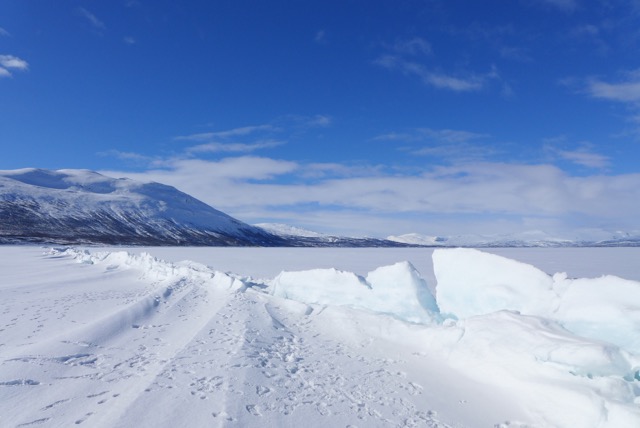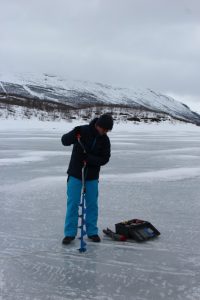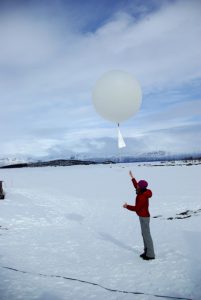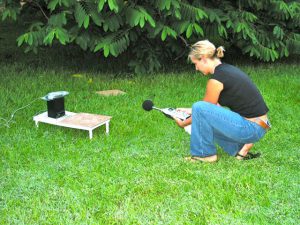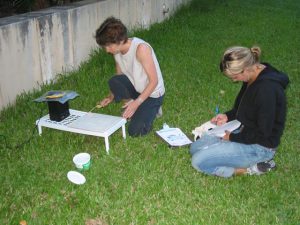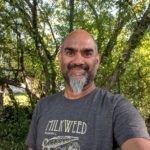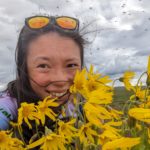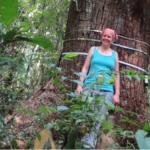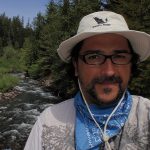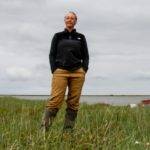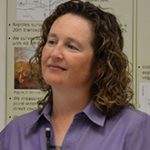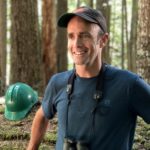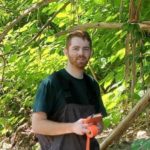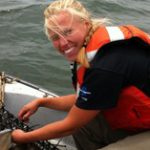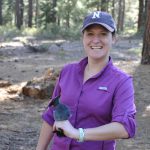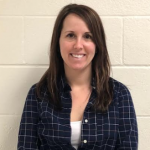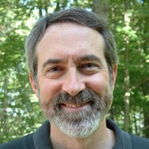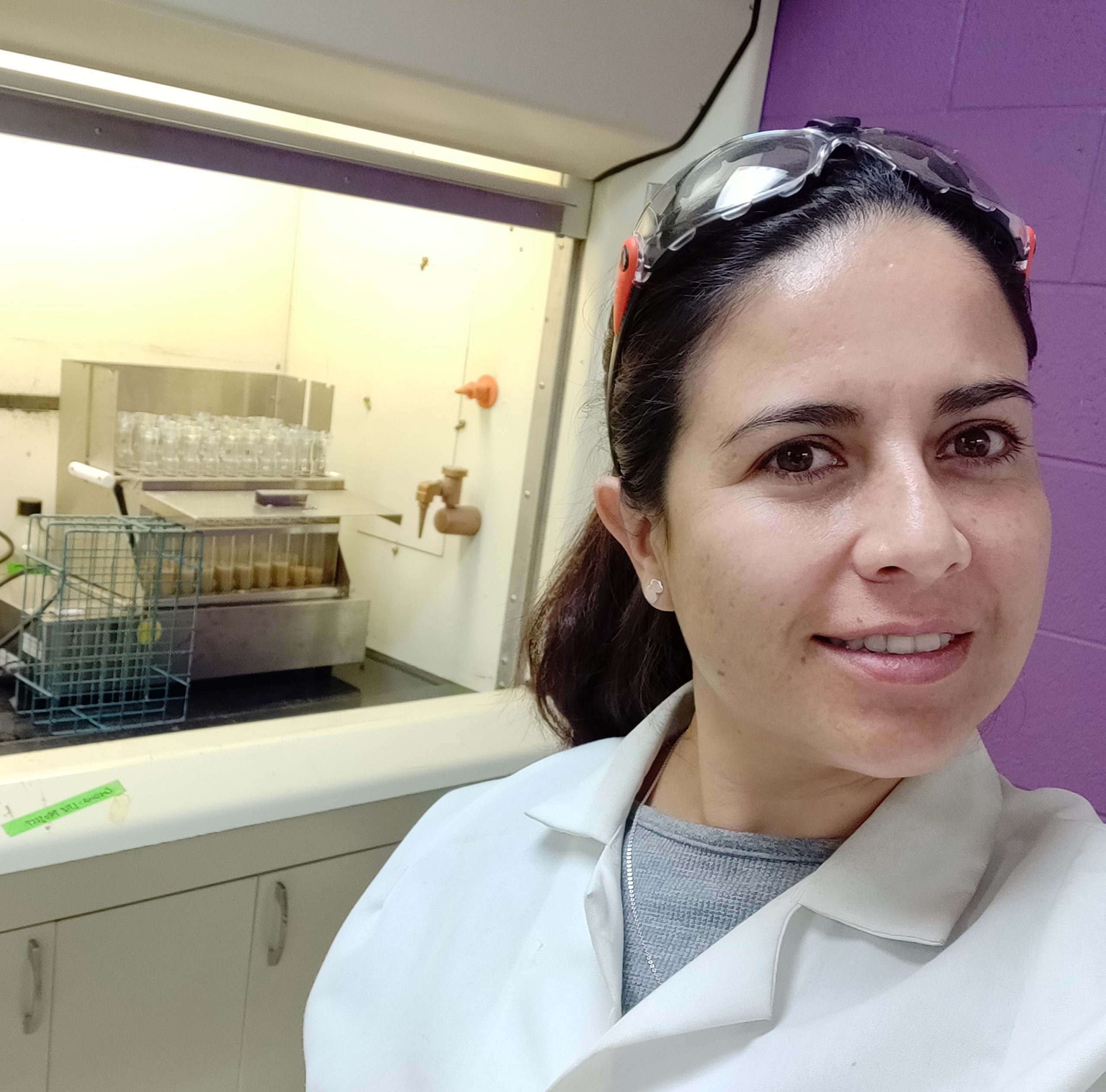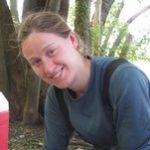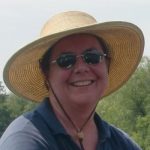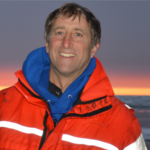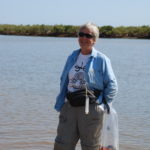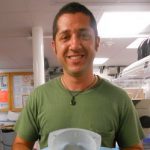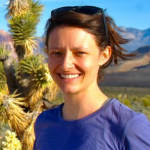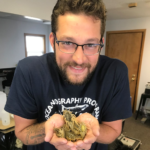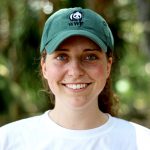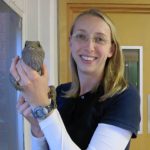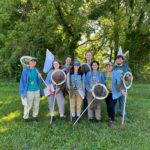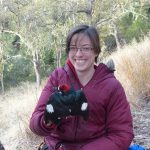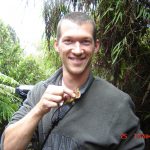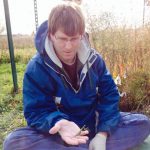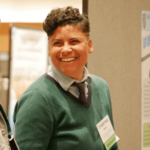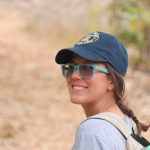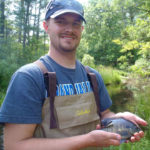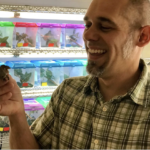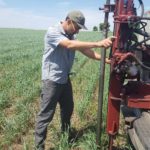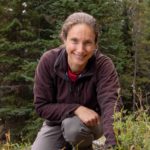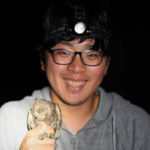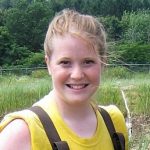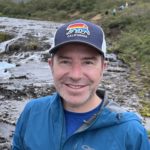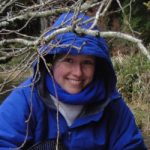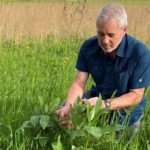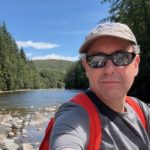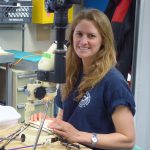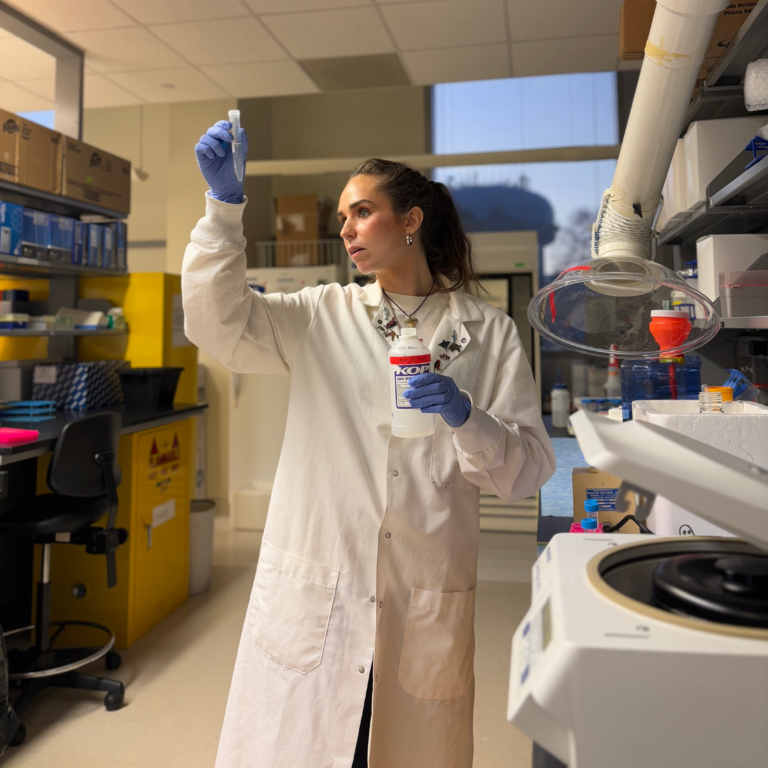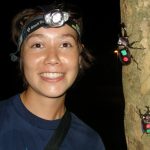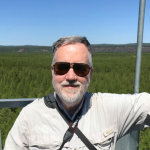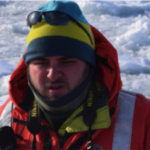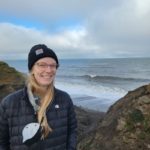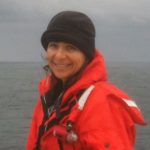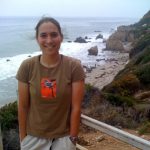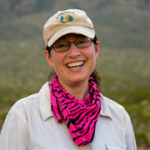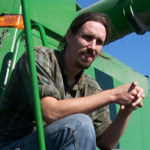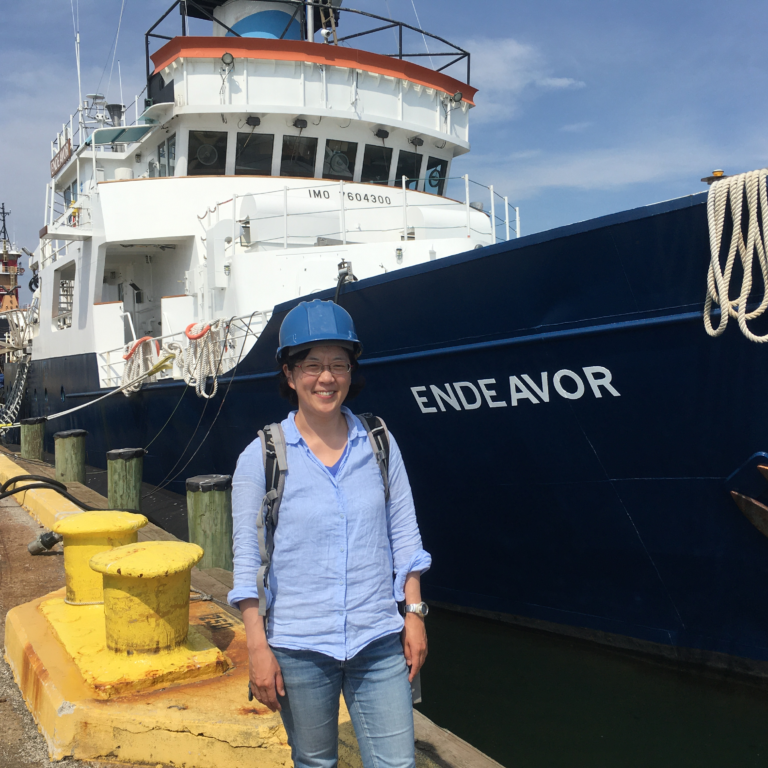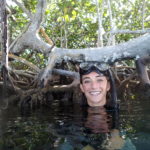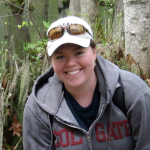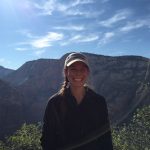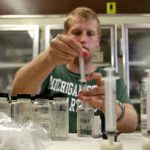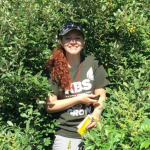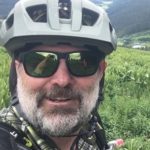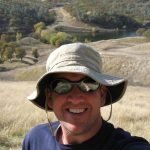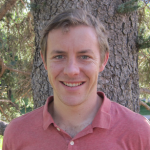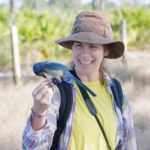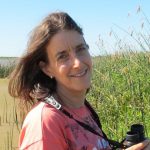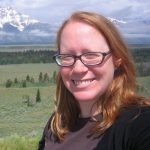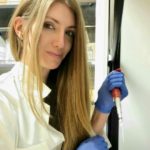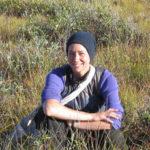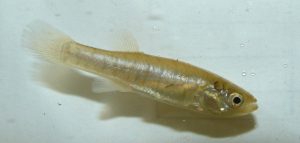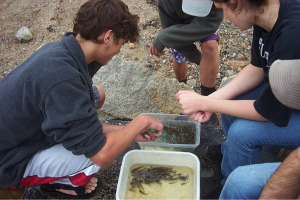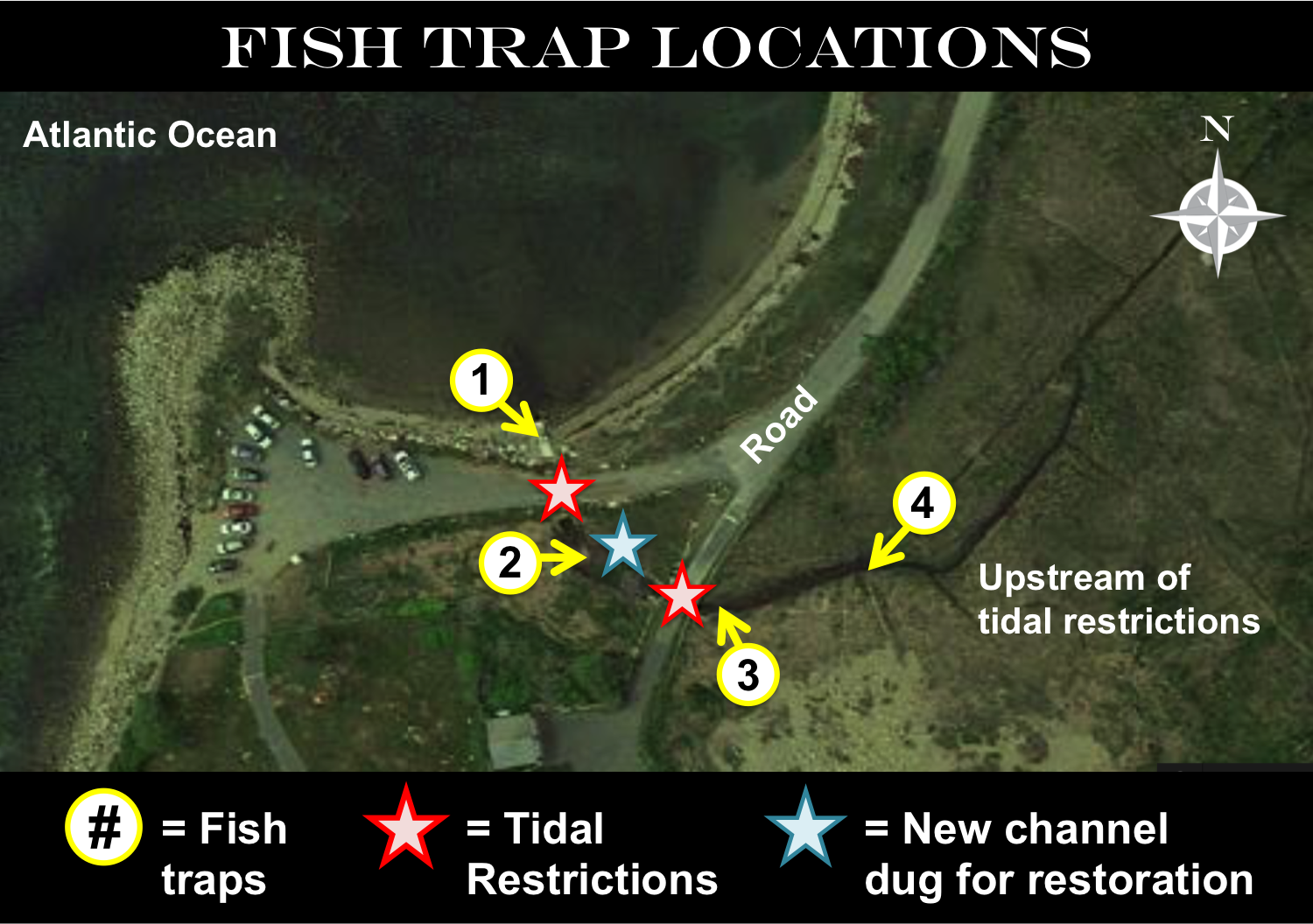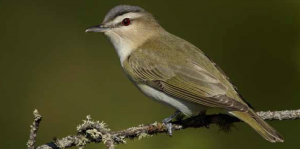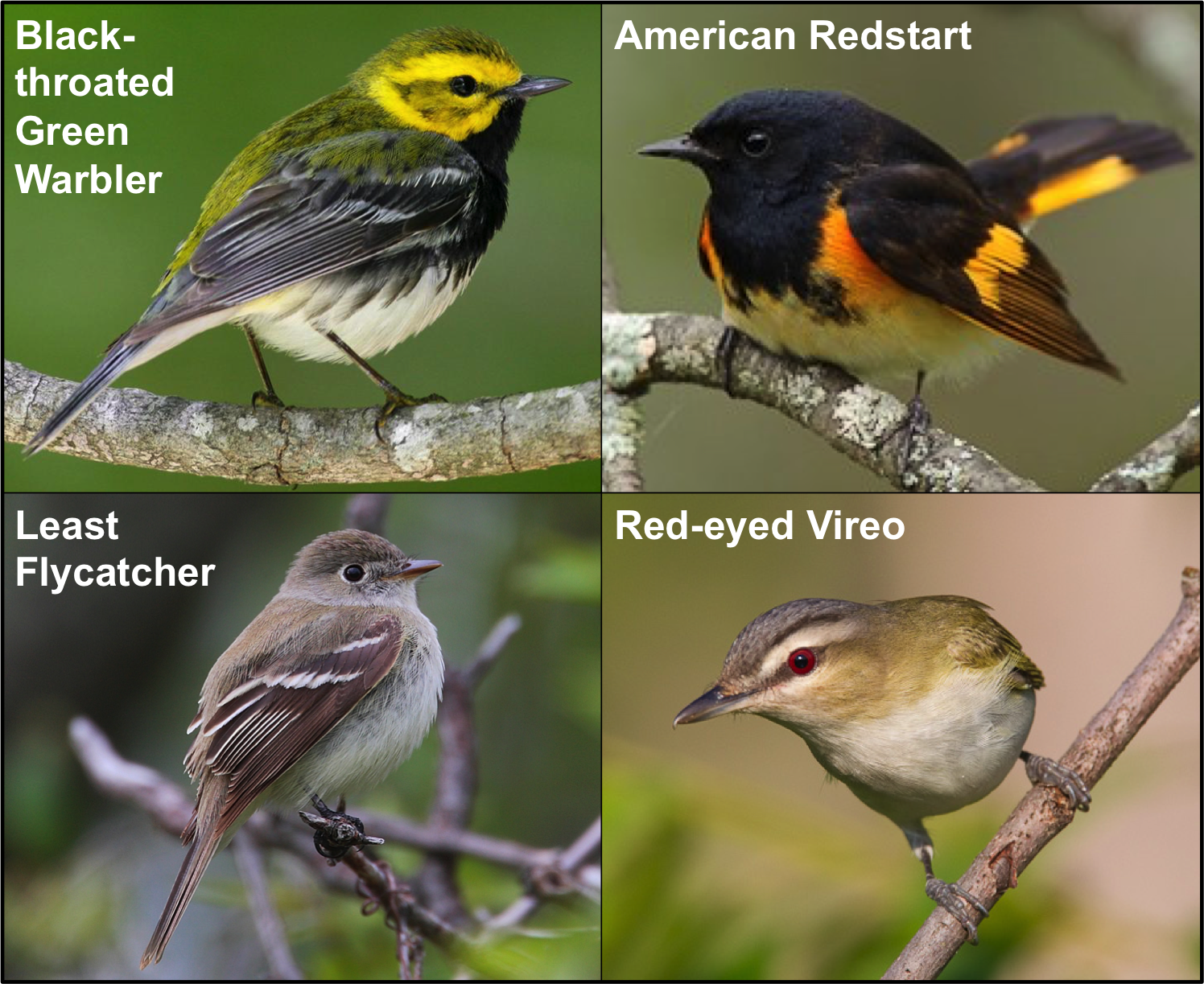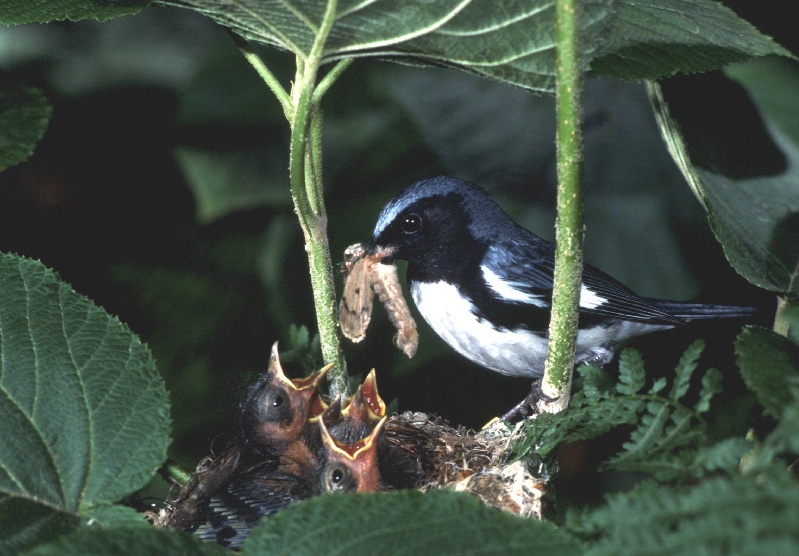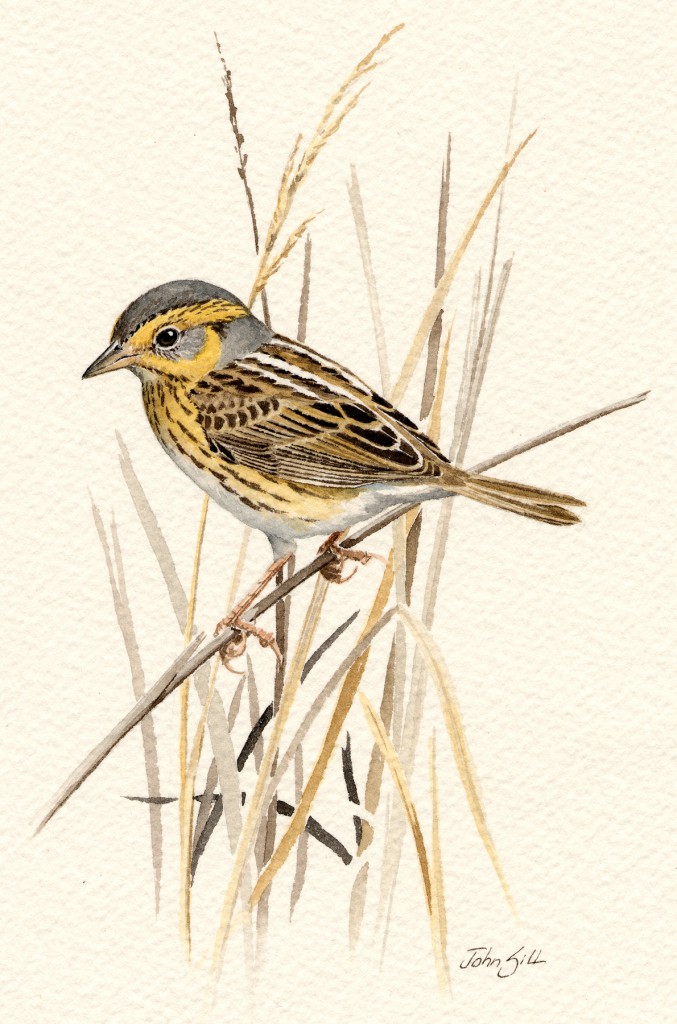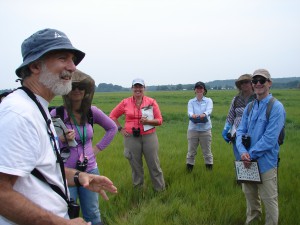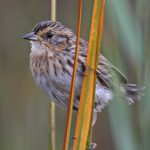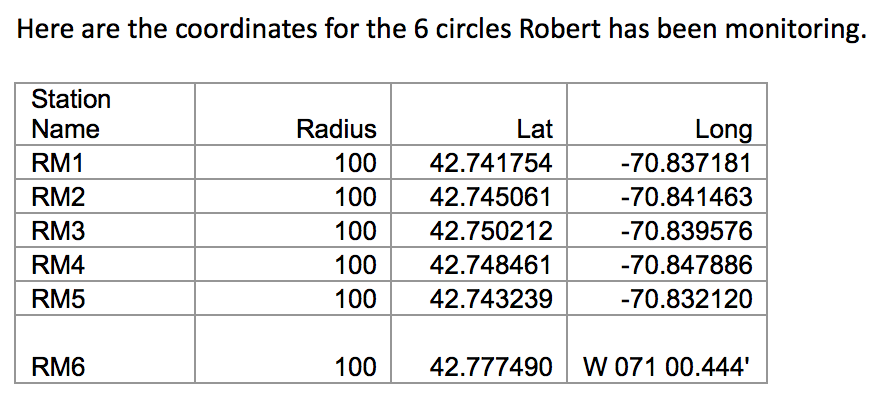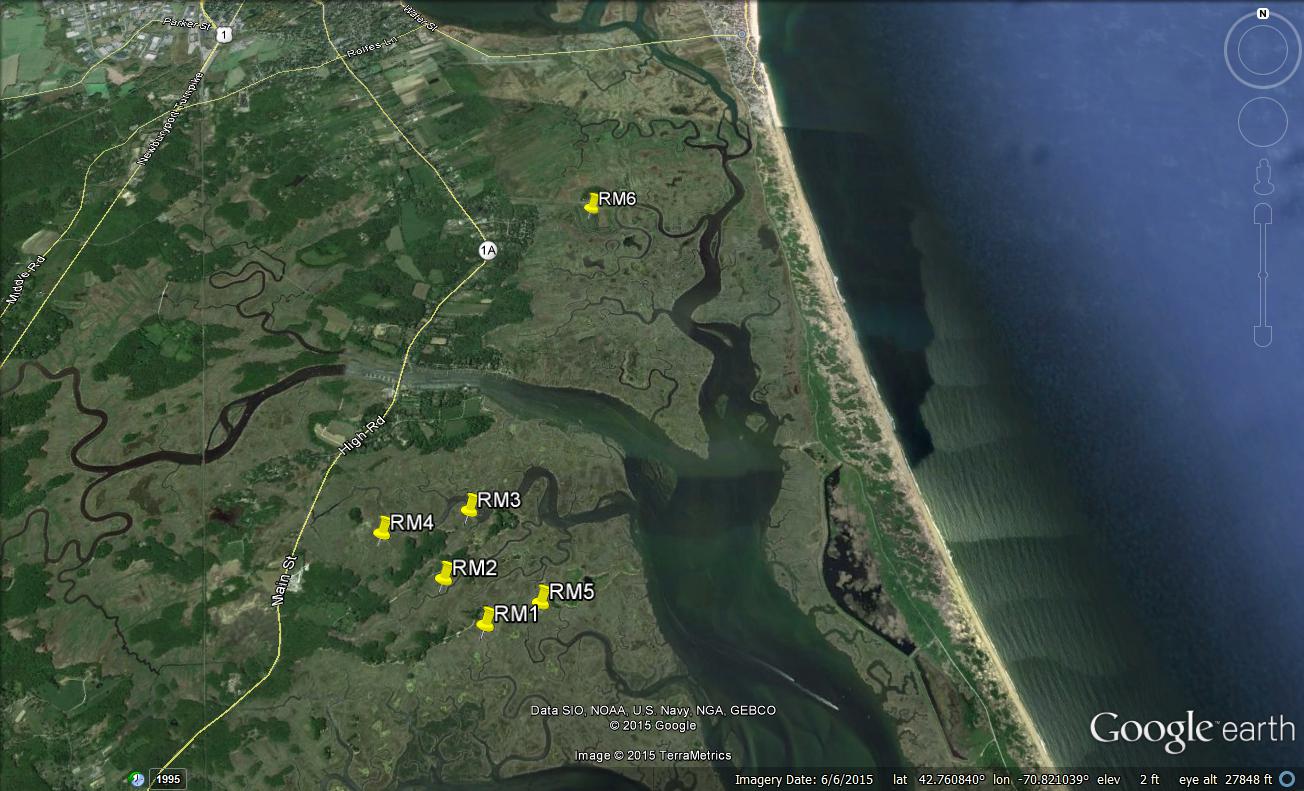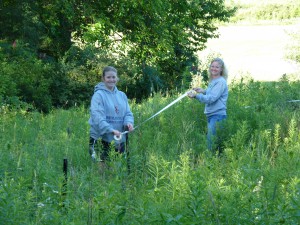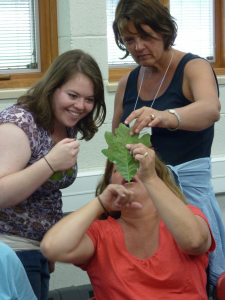Datasets: Collection of websites that offer freely available online data.
- Long Term Ecological Research (LTER) Datasets – Funded by the NSF. Data can be searched through their portal.
- Environmental Data Initiative (EDI) – Contains data and metadata from publicly funded research. Data can be searched through their portal.
- Dryad Lab – collection of free, openly-licensed, high-quality, hands-on, educational modules for students to engage in scientific inquiry using real data. Data contributed to the Dryad Digital Repository directly from scientists who collected it.
- Climate Change and Phenology Datasets
- Paleoclimatology datasets from NOAA – Over 10,000 available paleoclimatology datasets derived from natural sources—such as tree rings, ice cores, corals, and ocean and lake sediments. Students can use these datasets to study ancient climates, prior to the widespread availability of instrumental records.
- Lilac flowering phenology: Excel file of long-term trends of flowering time in two species of lilac. Also available here.
- Project BudBurst: Hosted by Chicago Botanic Gardens participants make careful observations of the timing of leafing, flowering, and fruiting phases of plants throughout the year.
- Ice cover duration for Michigan lakes: Collected by Michigan State scientists showing long-term trends of ice cover in Gull and Fair Lakes.
- Nature’s Notebook: A national plant and animal phenology observation program. Students can contribute their phenology data as citizen scientists.
- ebird: A global bird observation program through Cornell University, students can become citizen scientists and enter data on local bird counts
- New Zealand air temperature data (1981-2015)
- Hubbard Brook Experimental Forest Datasets
- Amazon Large Datasets Repository
- USGS Lake Erie Biological Station – Western Basin Trawl Survey
- Data USA – Visualization of US Public Data
- Google Public Data Explorer
Data & Data Visualization Tools: Collection of websites that offer free platforms for data visualization.
- DataClassroom – our partner on Digital Data Nuggets, activities where studies easily explore large datasets and make beautiful graphs, develop their data literacy abilities, do statistics, and more.
- FieldScope by BSCS – interactive online platform that provides citizen scientists with the means to collect and analyze data. Emphasizes spatial citizen science datasets. Allows users to visualize data both spatially and graphically.
- Common Online Data Analysis Platform (CODAP) by Concord Consortium – easy-to-use web-based data analysis platform, geared toward middle and high school students, and aimed at teachers and curriculum developers. Designed to help students summarize, visualize and interpret data, advancing their skills to use data as evidence to support a claim.
- Tuva Labs – online research-based tools and inquiry-based tasks enhance students’ learning and application of essential mathematical, statistical, and probability concepts. Subscription necessary to access materials.
- Harvard Forest Schoolyard LTER Program – A platform developed to easily visualize the data collected by students at the Harvard Forest. The graphing tool can be found here. The data can be downloaded here.
- Serenity – easy-to-use web-based data analysis interface for data analytics in R, built using Shiny.
- Laboratory for the study of exoplanets (ExoLab) – Free, online astronomical laboratory. Based on cutting-edge astronomy research and provides students with data from telescopes. Designed to increase study data literacy, while engaging them in the search for habitable worlds beyond earth.
- NASA Earth Observations (NEO) – Here you can browse and download imagery of satellite data from NASA’s constellation of Earth Observing System satellites. Over 50 different global datasets are represented with daily, weekly, and monthly snapshots, and images are available in a variety of formats including JPEG, PNG, Google Earth, and GeoTIFF.
- Data USA – Visualization of US Public Data
- TerraScope – worldwide environmental and social demographic data in a manipulative digital platform that can drive inquiry investigations (TerraPopulus datasets synthesized from a variety of sources for broad application).
- iDigBio – large set of digitized natural history collections, along with educational resources and ideas for classroom use.
- TinkerPlots – software for dynamic data exploration
- StatKey – collection of web-based statistics apps, written to pair with the statistics textbook “Statistics: Unlocking the power of data” by Lock^5. Has datasets available or you can upload your own.
- Dryad Lab – collection of free, openly-licensed, high-quality, hands-on, educational modules for students to engage in scientific inquiry using real data.
Using Data in the Classroom
- Data Science Learning Progressions – A roadmap for teaching K-12 data science
- Using Data in the Classroom – information or background about pedagogical or practical issues in using data in the classroom
- List of data activities, lessons, and resources for the classroom, sorted by grade level – compiled by Oceans of Data
- DataONE – DataONE is committed to educating the community about data stewardship, including outlining best practices for data management and providing educational materials for use by those that support researchers.
- Data Management
- Data Stories – success stories and cautionary tales from researchers related to their experiences with managing and sharing scientific research data
- Maine Data Literacy Project – offers a framework, teaching materials, and professional development for middle and high school teachers to help students acquire skills and language for making sense of data and graphs as evidence to support their reasoning
Modelling
- Build your own Model with SageModeler
